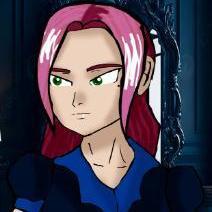-
Recently Browsing 0 members
- There are no registered users currently online
-
Similar Content
-
- 0 replies
- 39 views
-
- 1 reply
- 111 views
-
- 2 comments
- 86 views
-
- 0 comments
- 91 views
-
- 0 replies
- 141 views
-







Recommended Posts